
Hair Treatments
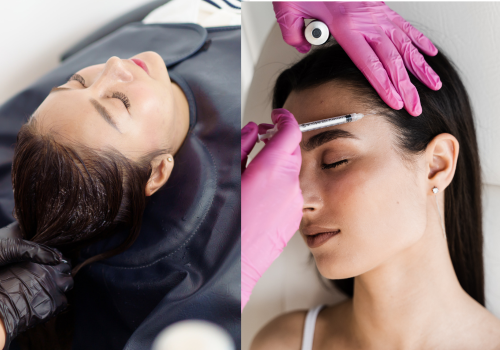
Hair Treatments
Glow Like Never Before: Advanced Solutions for Radiant, Healthy Hair
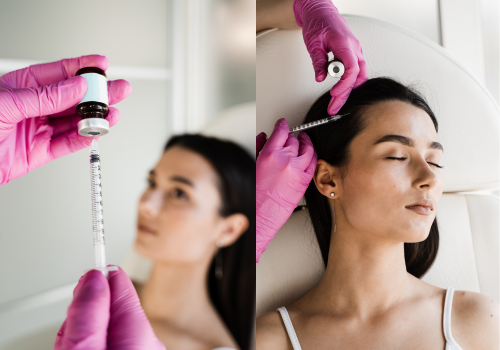
Hair Platelet-Rich Plasma
During a PRP procedure, a small amount of blood is drawn from the patient and then processed to concentrate the platelets. Platelets are rich in growth factors, which are proteins that stimulate cell growth and repair. The concentrated PRP is then injected into the scalp, where it can stimulate hair follicles and promote new hair growth.
GFC
Hair growth is a complex process influenced by various factors, including genetics, hormones, and nutrition. GFC (Growth Factor Concentrate) and PRP (Platelet-Rich Plasma) are both minimally invasive treatments that utilize the body’s natural healing processes to stimulate hair growth. While both treatments have shown promise in promoting hair regrowth, GFC is often considered a more advanced and potentially more effective option compared to traditional PRP.
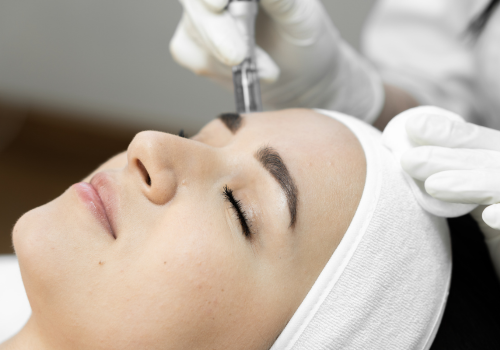
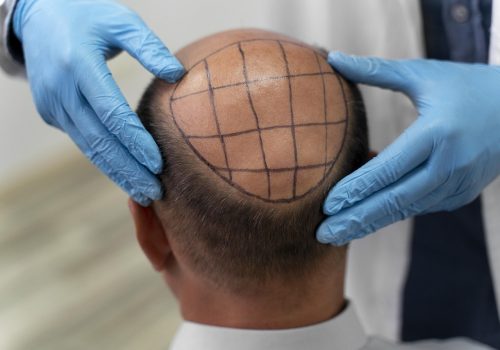
Hair Transplant
Most patients are happy with the results of their hair transplants. However, it is important to manage your expectations. Hair transplants can improve the appearance of your hair, but they will not make your hair look exactly like it did before you started losing it. If you are considering a hair transplant, I encourage you to do your research and find a qualified surgeon. This is an important decision, and you want to make sure you are in good hands.
Exosomes
Exosomes are tiny vesicles that are secreted by cells. They contain a variety of molecules, including proteins, lipids, and RNA, that can be transferred to other cells. This transfer of molecules can have a variety of effects, including stimulating cell growth and repair. Hair exosomes are derived from the hair follicles of young, healthy donors. They are rich in growth factors and other molecules that promote hair growth.
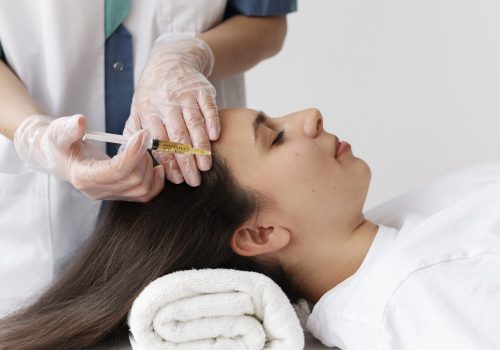
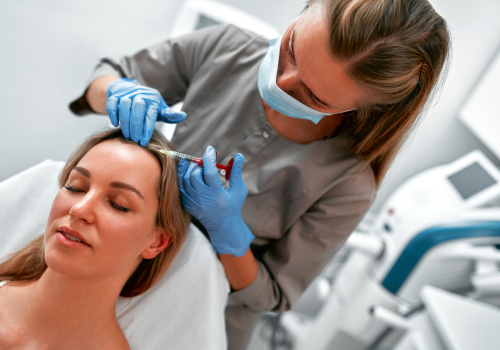
Stem Cell Treatment For Hair
Stem cell therapy has emerged as a promising frontier in the field of hair restoration. This innovative approach leverages the remarkable regenerative potential of stem cells to stimulate hair growth and address various forms of hair loss. Stem cells are unique cells with the remarkable ability to differentiate into various cell types, including hair follicle cells. They possess potent growth factors that can stimulate tissue repair and regeneration
Hair Mesotherapy
Hair loss can be challenging, but treatments like mesotherapy offer hope by injecting a nutrient-rich blend directly into the scalp to stimulate growth. Botox injections are an emerging option to enhance hair density, while steroid injections effectively treat Alopecia Areata by reducing inflammation and promoting regrowth. These personalized treatments address various hair loss concerns, making it essential to consult a dermatologist for the most suitable and effective solution.
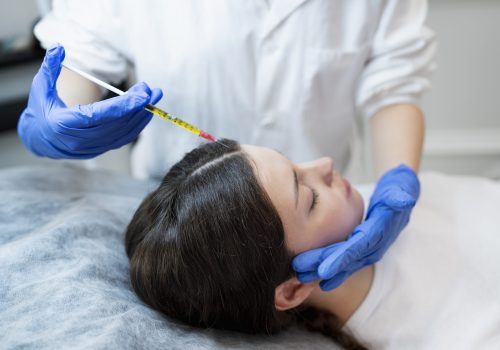
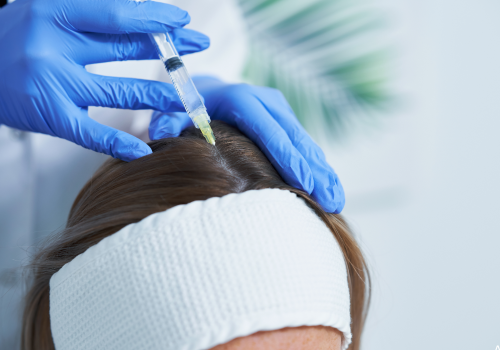
Hair Botox
Hair Botox is a revolutionary, non-invasive treatment designed to repair and rejuvenate damaged hair. Unlike traditional Botox, this treatment does not involve injections but instead uses a deep-conditioning formula enriched with proteins, vitamins, and natural oils. Hair Botox restores moisture, smooths frizz, strengthens hair strands, and improves overall texture, leaving hair shiny, soft, and revitalized. It’s ideal for those with dull, brittle, or chemically damaged hair, providing long-lasting nourishment and a healthier, more vibrant look.
Frequently Asked Questions
Hereditary hair loss, such as male-pattern baldness (androgenetic alopecia) and female-pattern hair loss, is a common cause. 1 It’s often inherited from parents and involves a gradual thinning of hair on the scalp
If you’re experiencing a noticeable thinning of hair, particularly in a specific pattern (such as male or female pattern baldness), it may be a good time to consult with a doctor.
Common causes include genetics (male/female pattern baldness), hormonal changes, medical conditions (thyroid issues, autoimmune diseases), medications, stress, nutritional deficiencies, and certain hairstyles/treatments.
Yes, severe stress can trigger telogen effluvium, where a large number of hairs enter the resting phase and shed.
If you notice significant hair shedding, sudden hair loss, or hair loss accompanied by other symptoms, consult a doctor.
Options include medications (minoxidil, finasteride), hair transplant surgery, PRP therapy, laser therapy, and lifestyle changes.
Gradual thinning on the top of the head and a widening part are common signs.
It depends on the treatment. Medications usually have minimal side effects. Procedures like PRP may have some discomfort.
Usually, stress-related hair loss is temporary. However, chronic stress can contribute to long-term hair thinning.
Yes, it’s natural to lose some hair daily. However, excessive shedding could indicate an underlying issue.
